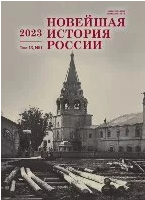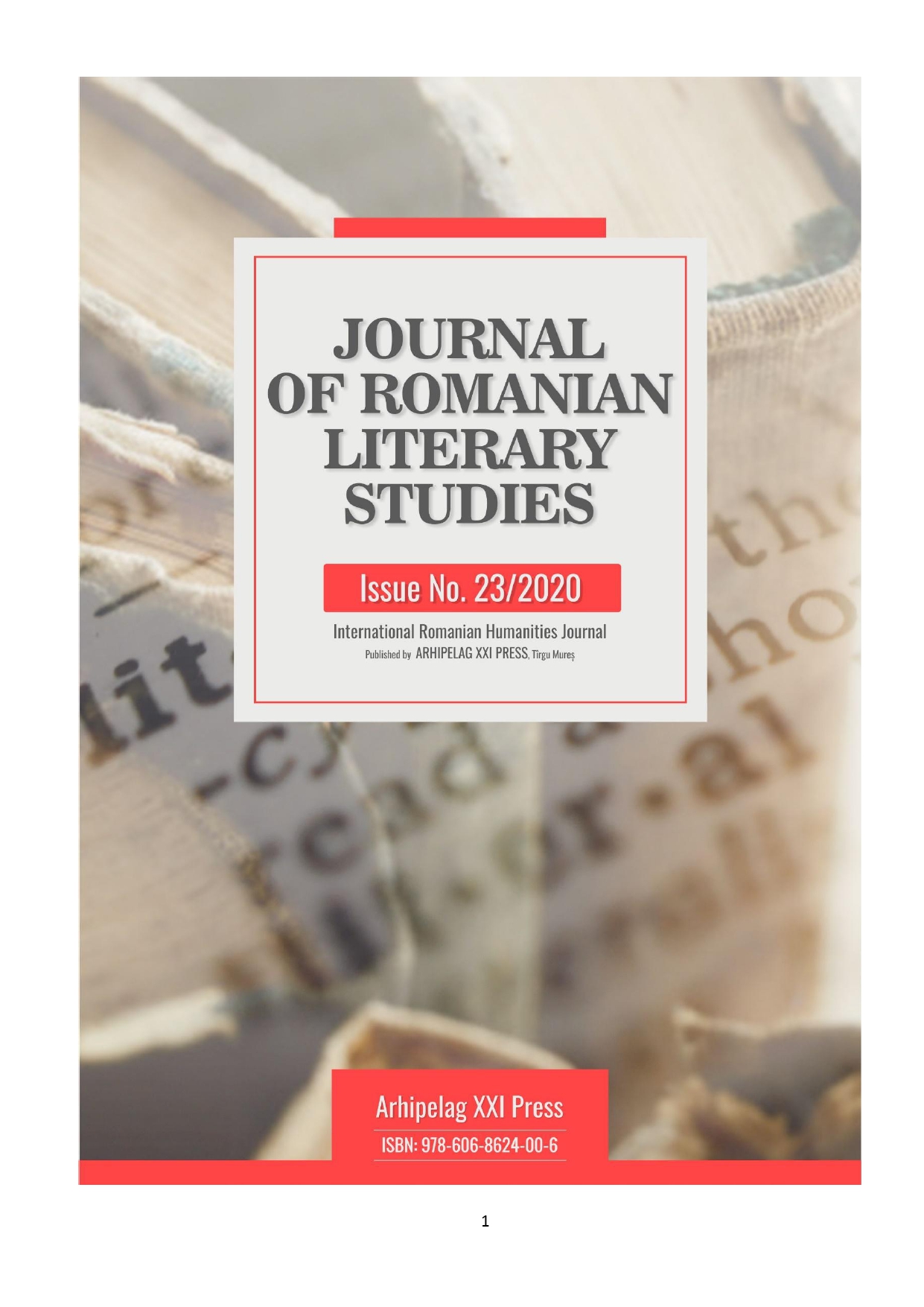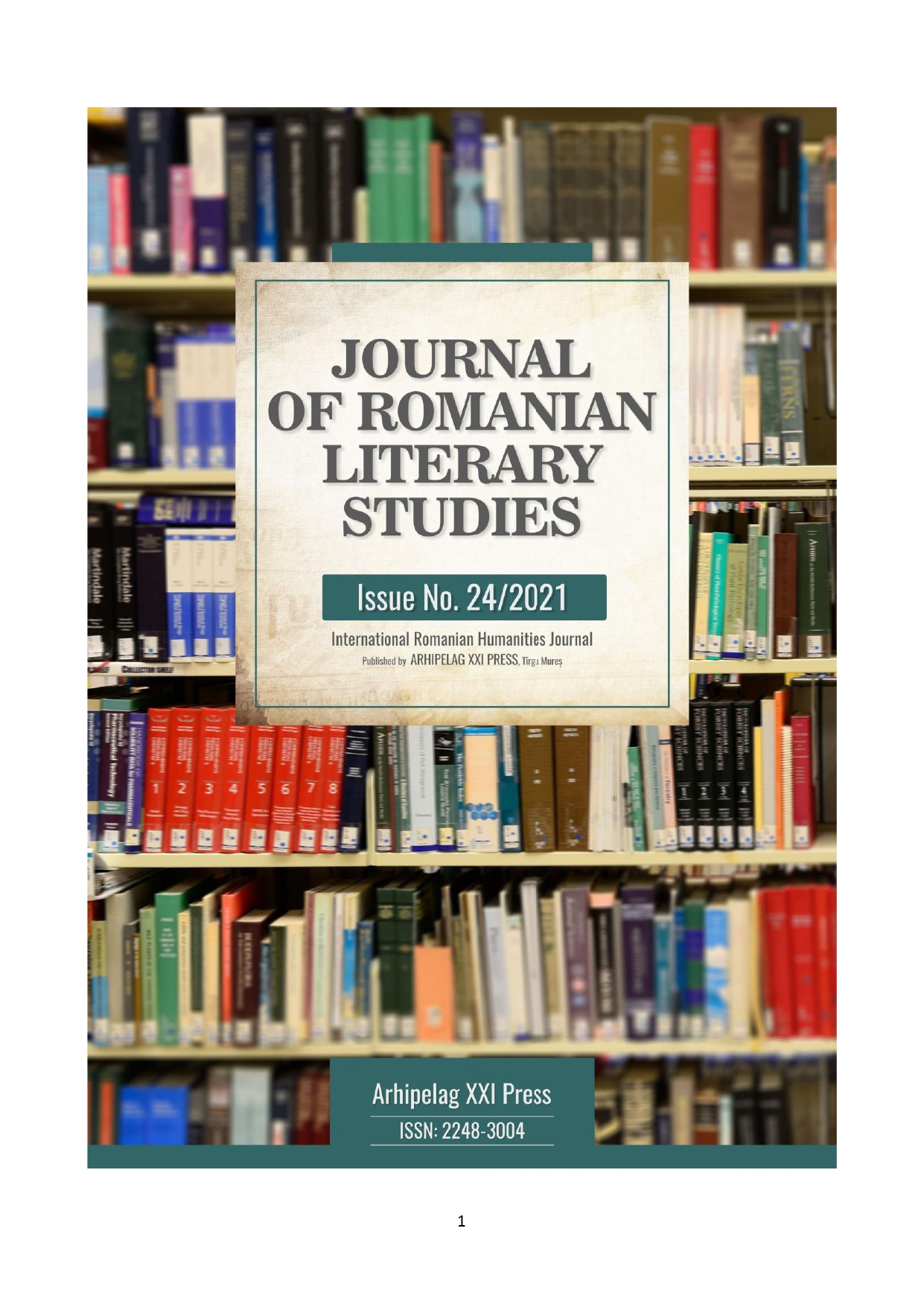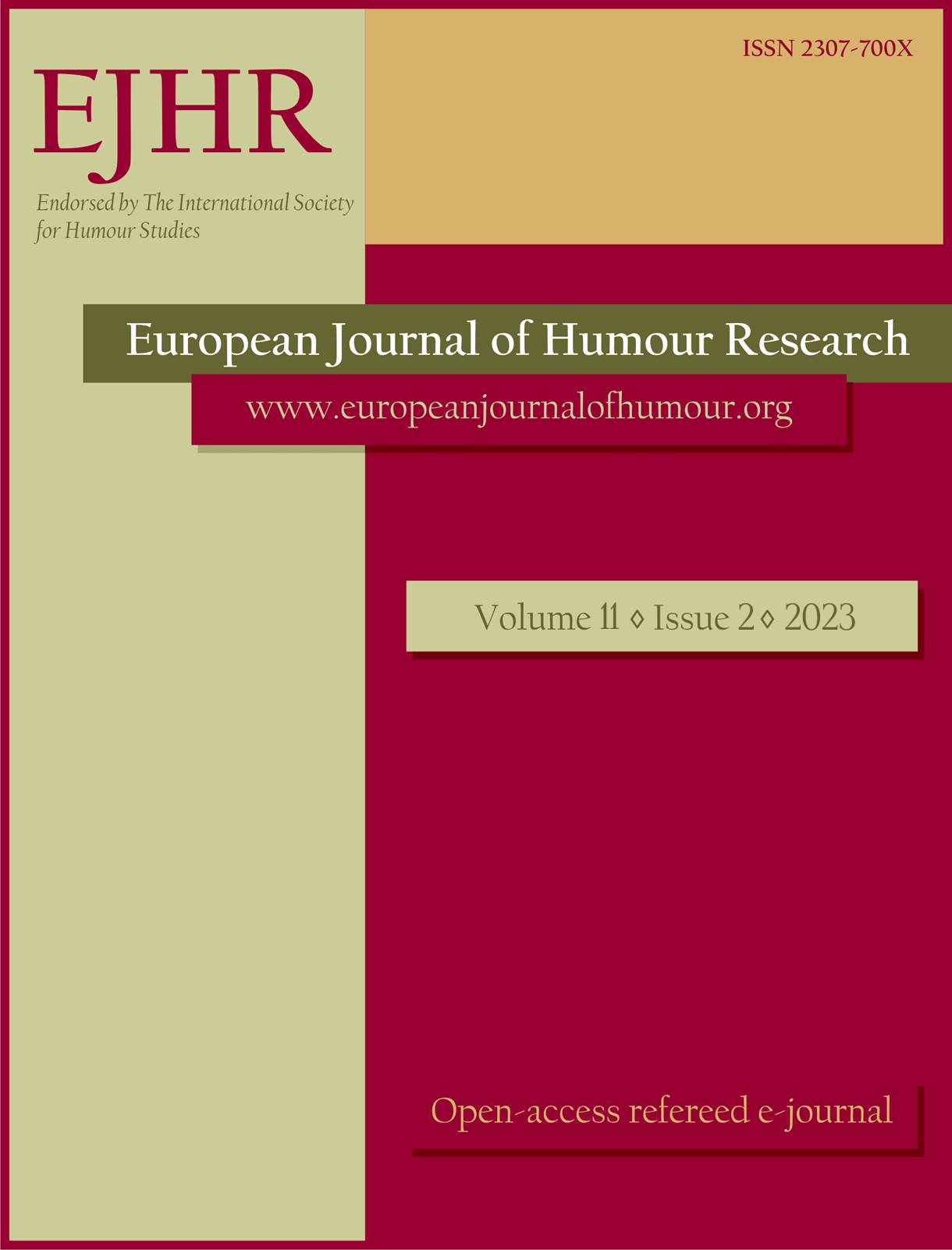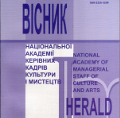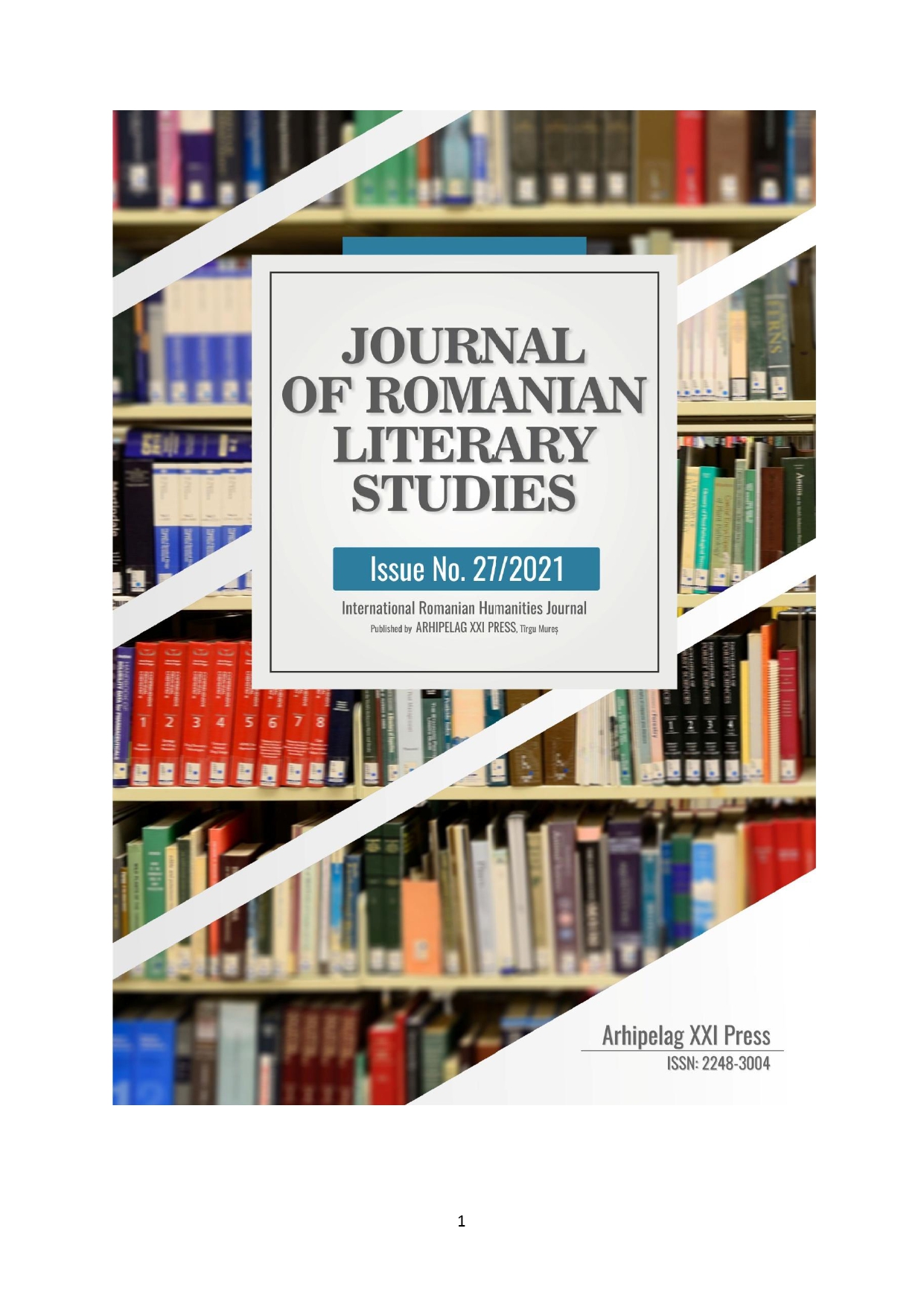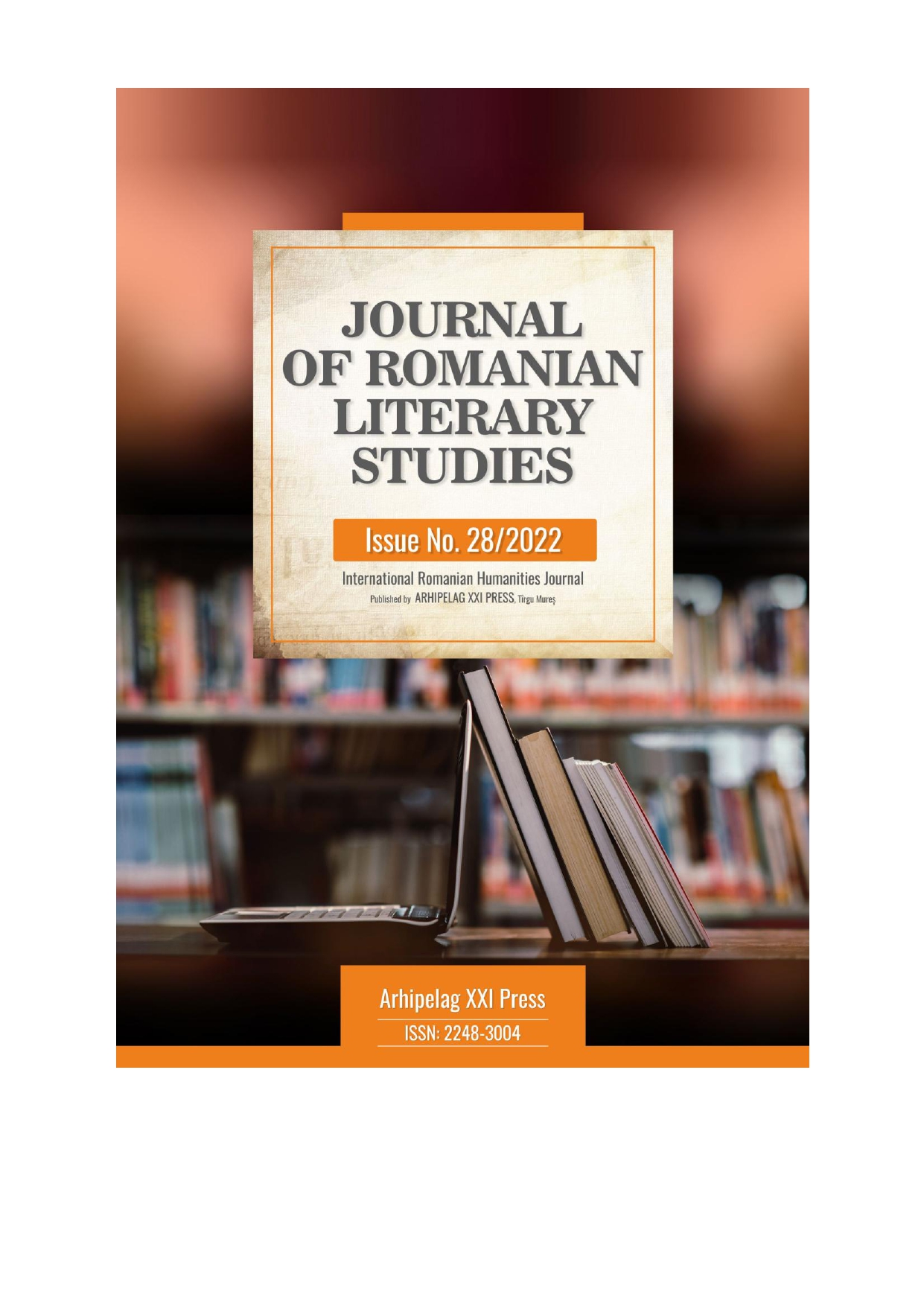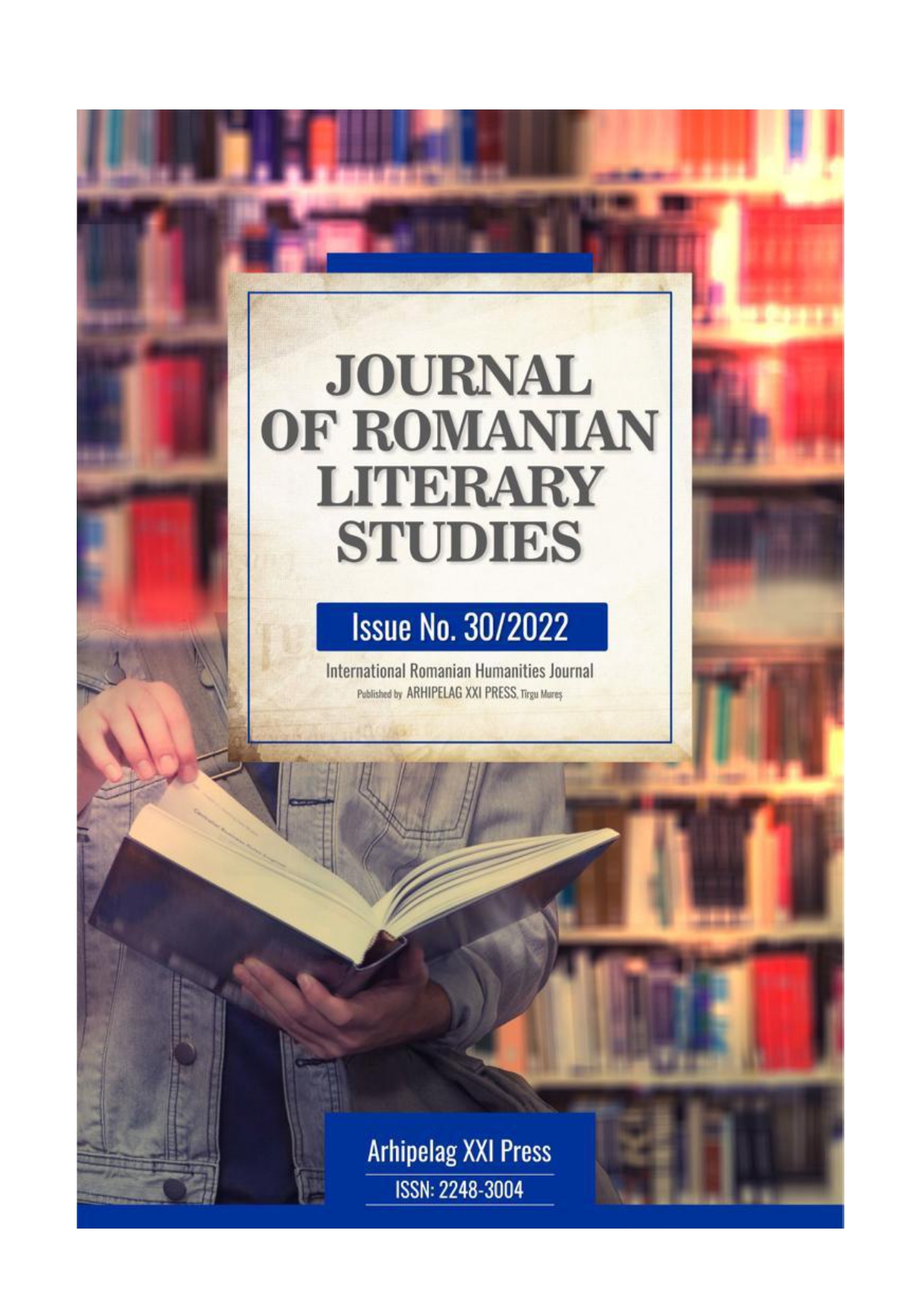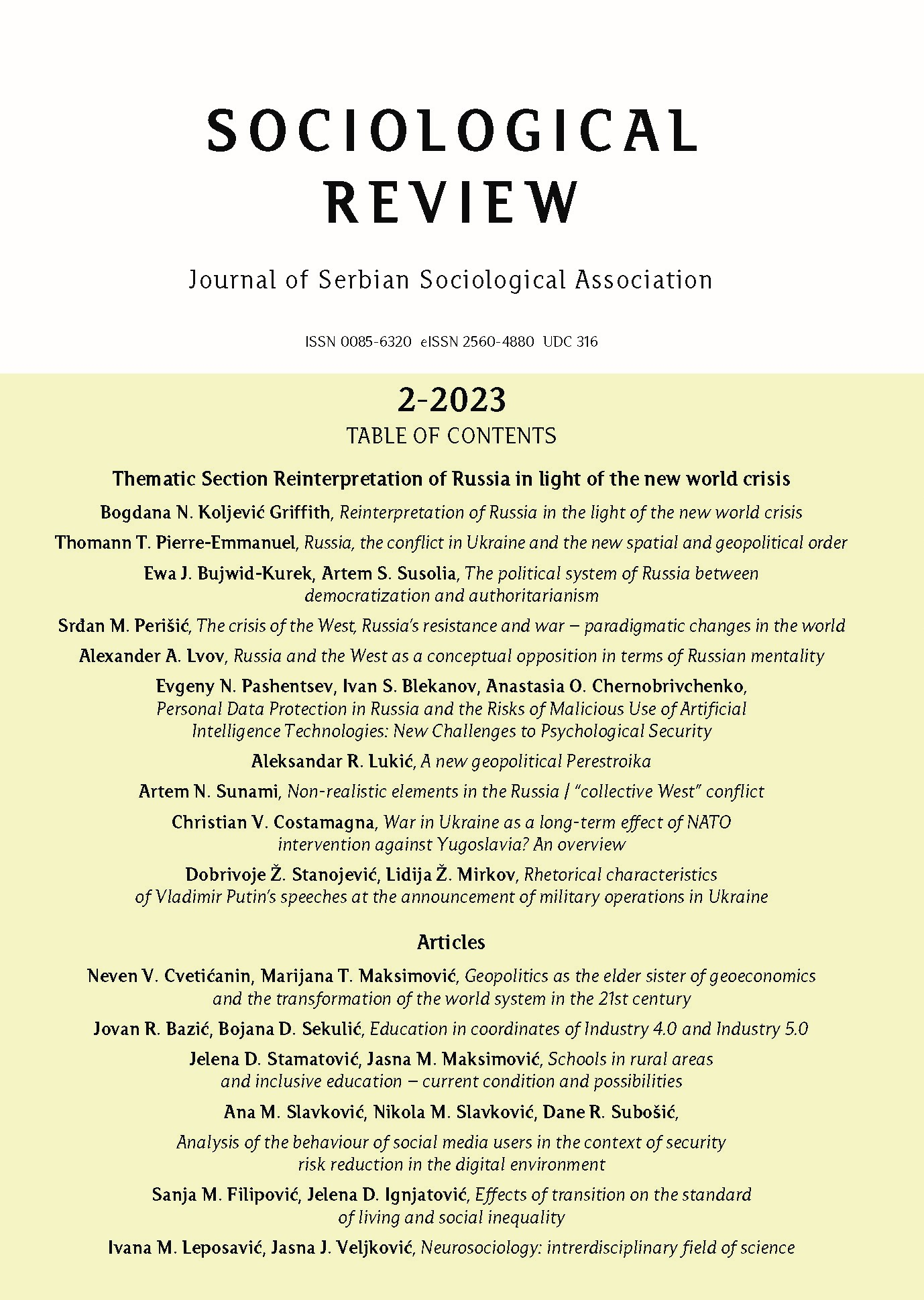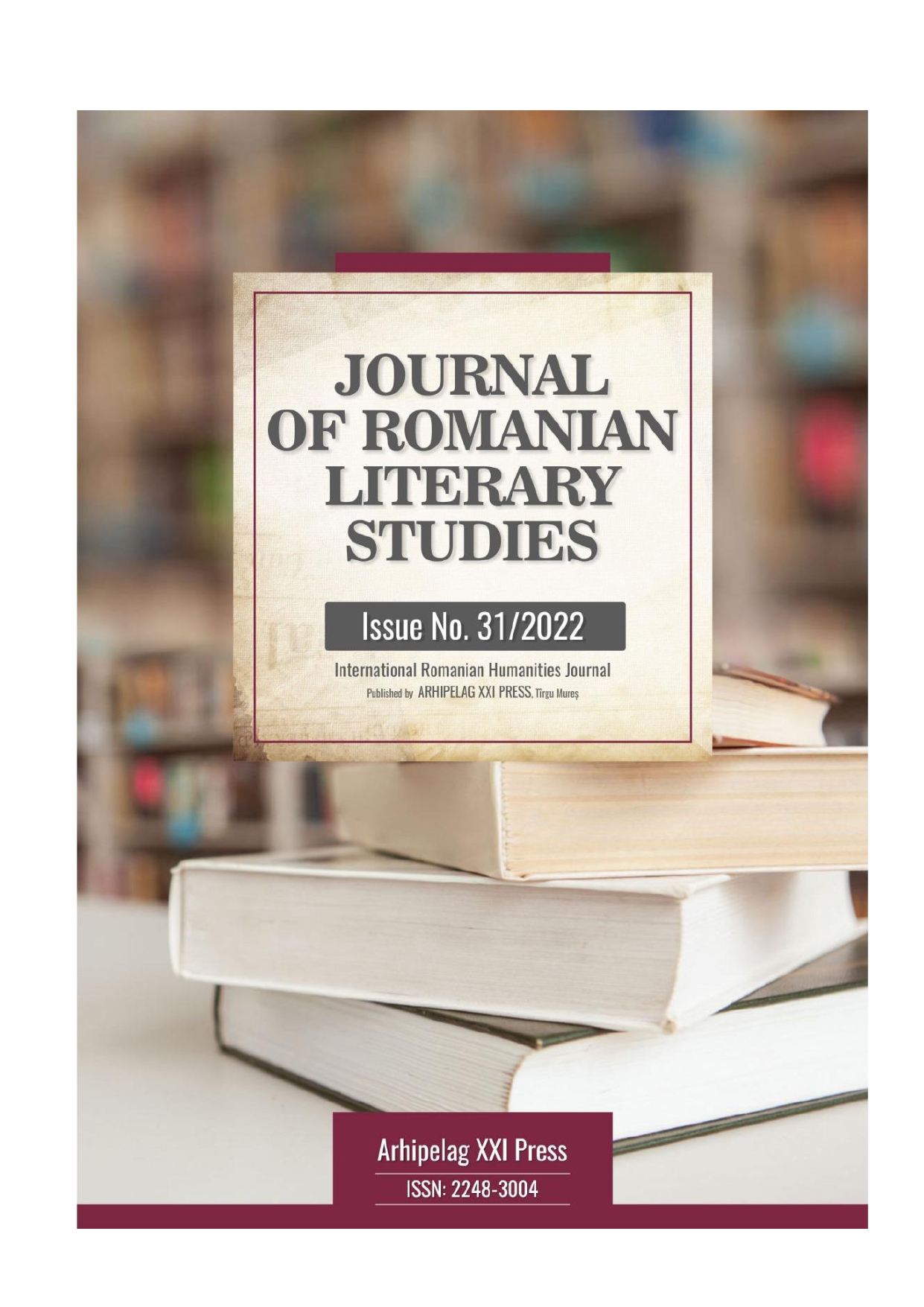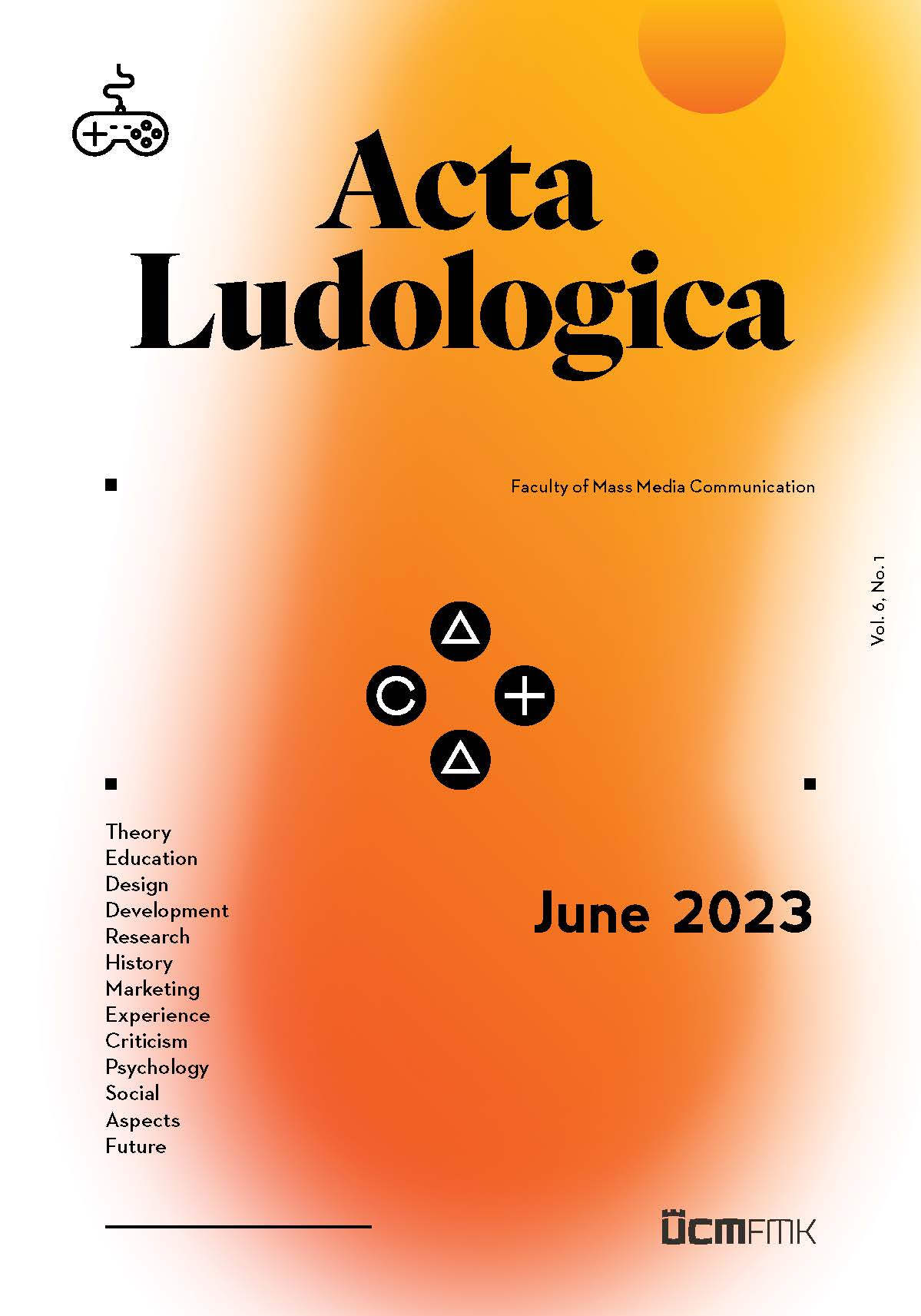
Tracing the Impact of the Digital Virtual Ludic on Immersive Theatre: A Case of Theatre Gamification
Immersive theatre, a theatrical form emerging at the beginning of the 21st century, invites spectators to become immersed in interactive theatre performances. The use of the term immersive indicates a strong influence from digital media, particularly from virtual worlds (VWs). Immersive theatre and VWs appear to share characteristics. A systematic comparative approach tracing the presence of characteristics shared by immersive theatre and VWs (i.e., virtuality, worldliness, information intensity), among others, still unique to VWs (i.e., agency, ergodicity), reveals that immersive theatre has assimilated some VWs characteristics while still being in the process of negotiating others. The paradigm of pervasive games is brought into the conversation to claim immersive theatre as a partially successful case of theatre gamification, revising theatrical and dramatic conventions, towards what could be called a digitally and ludically inspired neo-dramatic. New intermedial forms of expression could benefit from the adoption of a game/play frame.
More...
